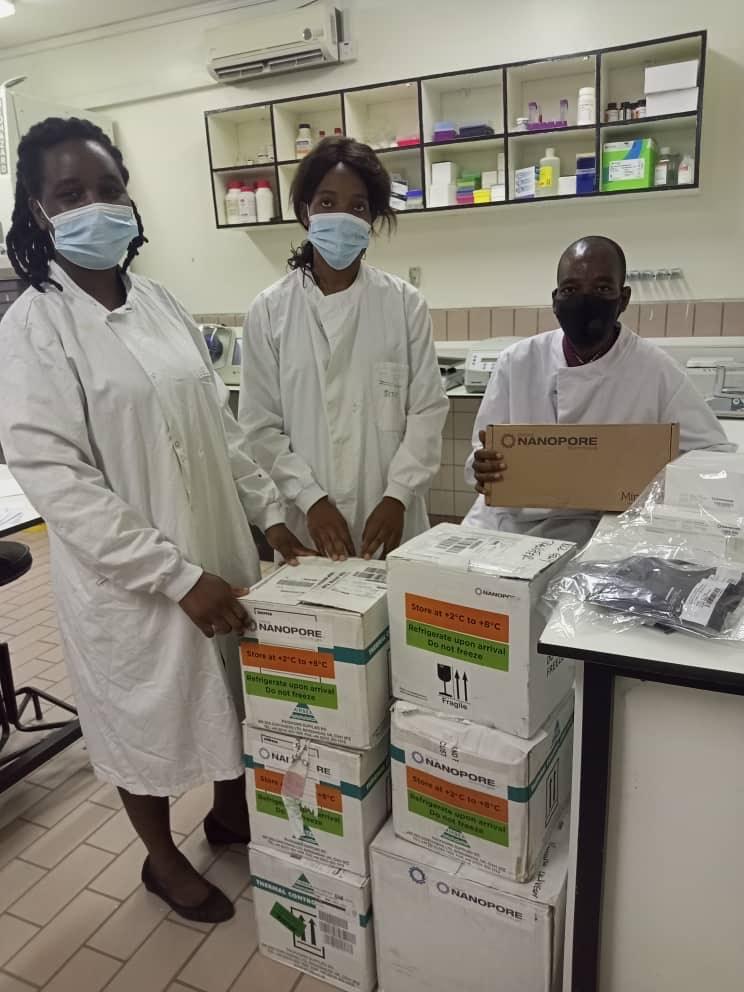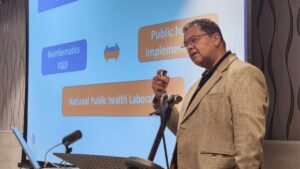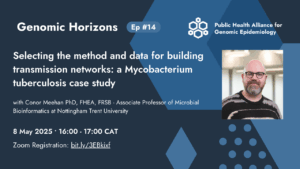Thanks to the Bill and Melinda Gates Foundation, PHA4GE received funds that were utilized to implement standardized bioinformatics practices, pipelines, and data structures in either anti-microbial resistance (AMR) or SARS-CoV-2 sequencing within national public health laboratories. We look at six teams, from five different low to middle income countries (LMICs), that successfully completed these projects.
PHA4GE chats to Dr Arox Kamng’ona from College of Medicine, University of Malawi. They share on what worked well, what could have been done differently and what they envision as next steps in being responsive to disease outbreaks.
1. Dr. Kamng’ona*, what worked well in implementing the SARS-CoV-2 project?

We had dedicated time working together and were able to learn modern bioinformatics techniques. During the Delta wave, for example, we were analysing data that had been generated only a few days before as part of the pandemic response, which helped to keep things “fresh”. We were quite excited to be able to train and transfer the SARS-CoV-2 sequence data analysis skills to emerging scientists working on the project. It was also quite satisfying to be able to set up containers on servers in the UK, and then deploy those pipelines on Kamuzu University of Health Sciences (KUHeS) infrastructure by the end of the project. As a team, we were able to engage the Ministry of Health through the Public Health Institute of Malawi (PHIM) and use their platform to highlight the goals of PHA4GE project. Another notable achievement is the purchase of the MinION Sequencing machine, and we are already in discussion with PHIM and other relevant stake holders to determine how best we can collaborate.
2. In your own opinion, what did not work well and how could this have been done differently?
Despite continuing our collaboration with PHIM, there was an ‘anti-climax’ after the project, in which team members returned to their regular projects, creating a sense of lack of direction.
How this could have been done differently may be a difficult question to answer but suffice it to say that we should have paid more attention to continuity after the project.
However, with the acquisition of the MinION, we hope to be able to strengthen our existing collaborations and put the learning into practice a little more.
3. What are the next steps for you and your team?
I think it will be great to sequence some SARS-CoV-2 at KUHeS using the Mk1C and then analyse it there with the pipelines deployed as part of the PHA4GE project.
*Dr Arox Kamng’ona worked with Philip Ashton, Khuzwayo Jere and Benjamin Kumwenda to complete this project.



